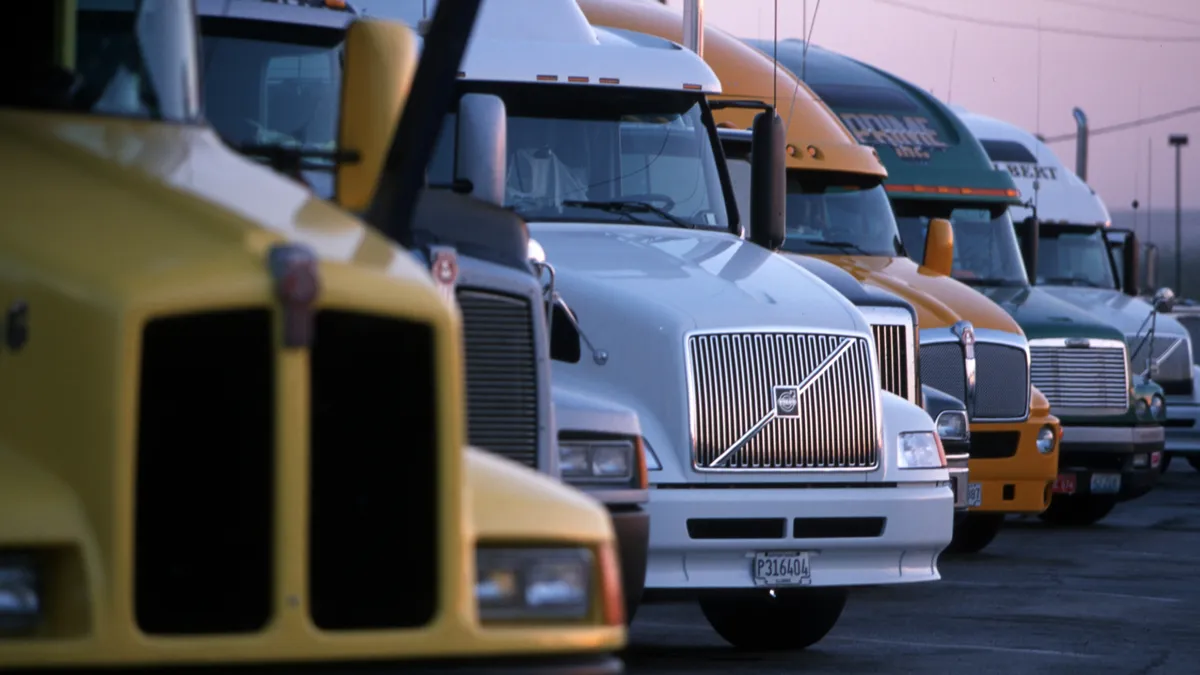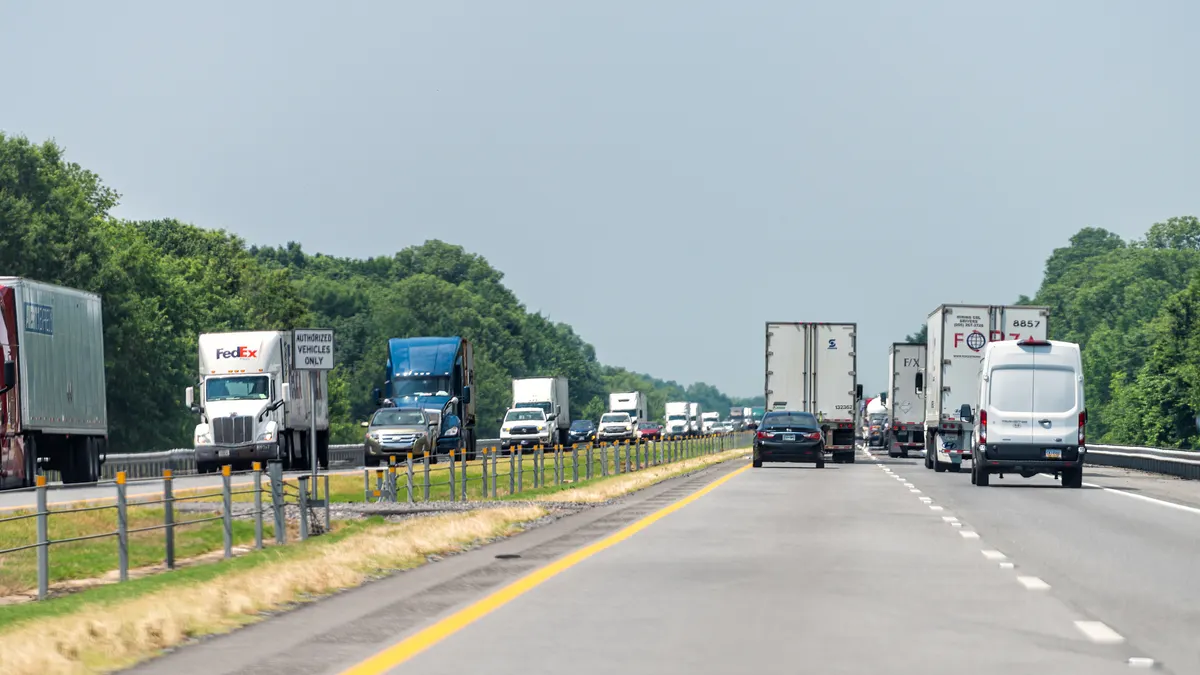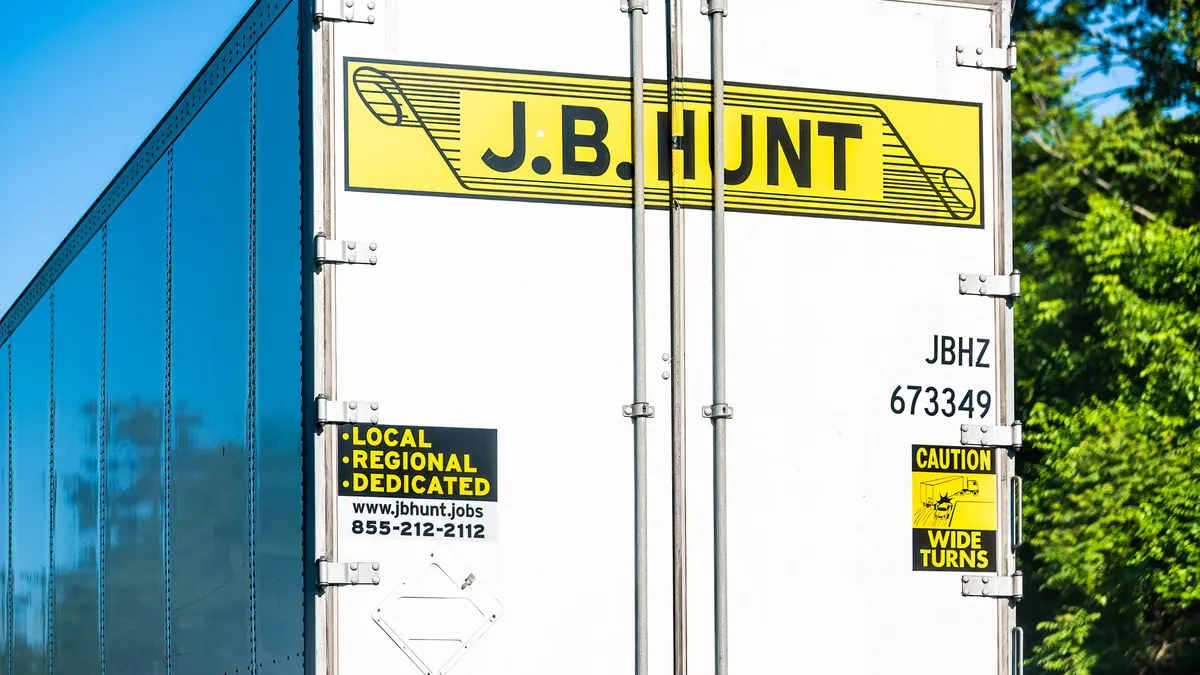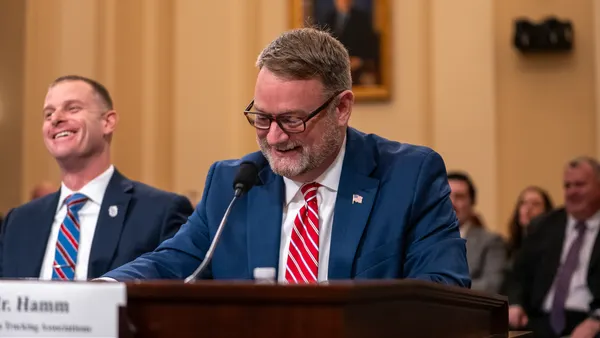NASHVILLE — Baylor Trucking is a medium-sized carrier of more than 200 trucks, focusing mostly on dry van and reefer freight. Based in Milan, Indiana, the company was founded more than 75 years ago and has made a profitable business on runs based out of the crossroads of America.
But the Midwest carrier has never seen a trucking environment like it is seeing now.
Baylor Trucking placed orders for 40 Class 8 trucks, and all of those orders were canceled by the OEMs this year, said Cari Baylor, president of Baylor Trucking, speaking during a panel discussion the American Trucking Associations' Management Conference & Exhibition on Tuesday.
The OEMs simply don't have the parts to supply Baylor Trucking and many other fleets. And the parts companies also are running behind, likely because of a combination of factors, including a shortage of semiconductors.
That has left Baylor Trucking cannibalizing its own fleet for parts, said Baylor. Normally, 10% of the fleet are available for "swaps" of parts. That percentage has jumped to 15%, Baylor said, leaving some trucks looking like "a Mr. Potato Head," and taking some units offline at a time when the industry is already facing a capacity crunch.

The crunch comes from all sides. Freight demand is not slowing. OEMs and their suppliers struggle to keep up, leading to dips in Class 8 truck and trailer orders. Containers and trailers are tied up in detention or intermodal congestion. And the labor shortage has vexed trucking in 2021, and it is likely to keep pressure on freight carriers in 2022, said Bob Costello, ATA chief economist.
Construction, which often pulls employees out of the freight industries, is primed for a big year in 2022, Costello told the panel.
"We are going to build more new homes than any other year since 2007," said Costello. "And it's not enough."
And all this is going on while there are record U.S. job openings, about 10 million, Costello said. But instead of those openings pulling workers into the labor force, the labor force participation rate has fallen to below 62%, about 2 percentile points below where it was before the pandemic.
Fleets have responded by paying more, Costello said. The average annual rate of pay increases in trucking was about 1.9%, going back to 2000, according to pay metrics that ATA watches. Since 2019, yearly pay hikes have steadily climbed to a 9.1% annual rate, Costello said.
But as the nation and trucking industry wade through the pandemic and supply chain problems, other issues have also arrived to create a challenging convergence for fleet executives.
One such issue is home time. Even with pay increases and extra shifts, Pilot Flying J CEO Shameek Konar finds its fleet drivers turning down extra opportunities.
"Some of our drivers are pulling back their hours," said Konar. "Our average driver is working somewhere between 50 to 60 hours a week. They're saying, 'I don't want that extra shift.' Quality of life is definitely becoming very important."









